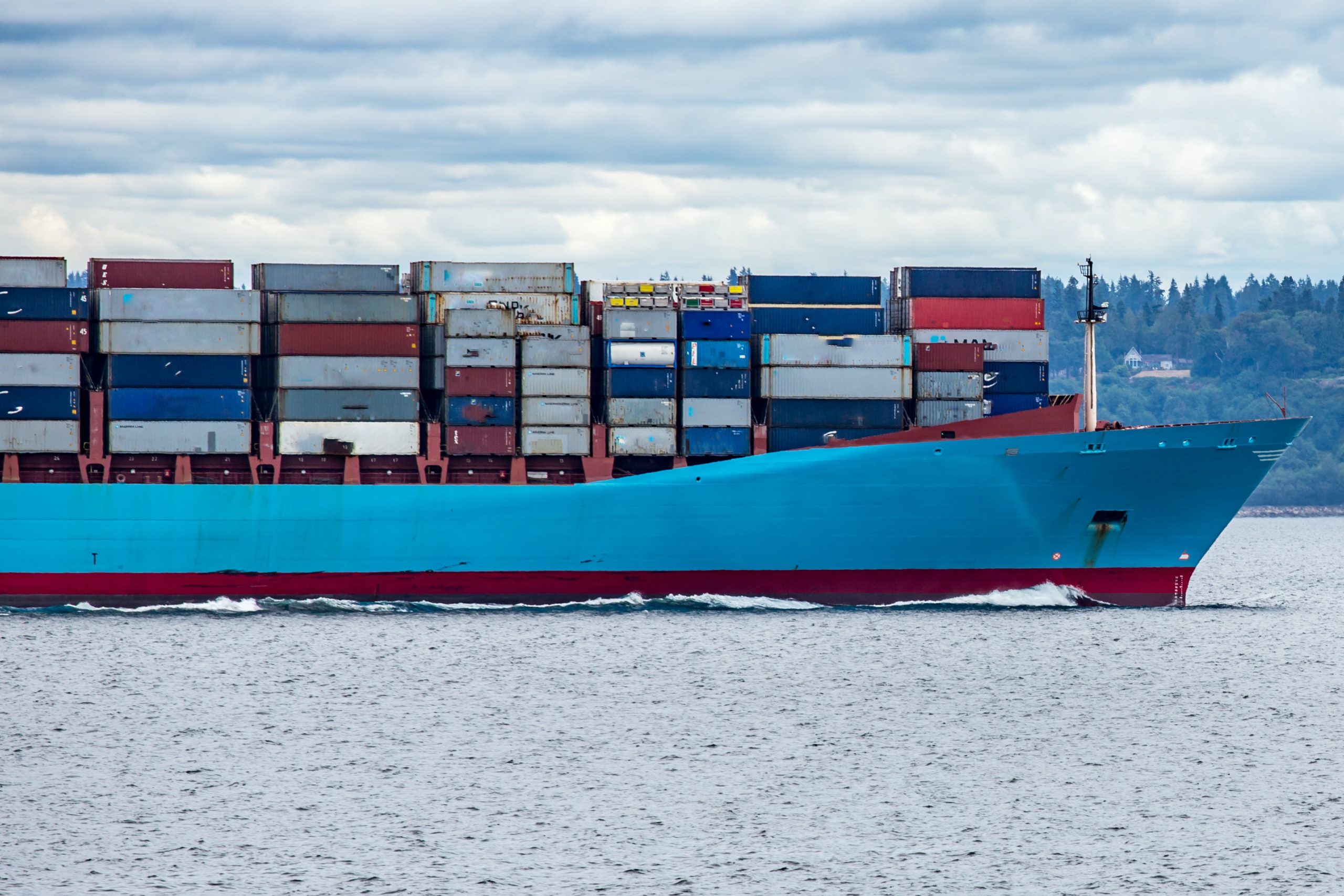Tag: Docker
Docker is a platform that enables developers to package, distribute, and run applications in isolated environments called containers.
-
Install and update GitLab Runner
I already wrote a summary on how to Setup GitLab Runner for Docker containers on Synology NAS. As this article has a lot of details for the Synology setup, I decided to write a short summary for this topic on a regular Linux server. So let’s go… Before we start, we need to have Docker…
-
Docker: how to build and push a Git repository to Docker Hub
Docker Hub is a cloud-based repository provided by Docker that allows developers to store, manage, and share Docker container images. It serves as a central registry for Docker users to distribute their containerized applications and collaborate with others. To build and push a Git repository to Docker Hub, you can follow these steps: Step 1…
-
How to Run and Update Docker Images and Containers
The following post shows the default workflow to run and update a Docker image based on the example of GitLab. But this should also work for other containers. Docker Installation First make sure that your local machine has Docker installed. I use Debian and for this, a detailed description is available in Dockers documentation. There…
-
Synology: How do I update an existing Docker container with a new image?
As always: before you do such an update, make sure to create a backup of all your files. If something goes wrong, this may lead to data loss! Manual update To update an existing Docker container manually, the following steps are necessary; This will clear the complete container and start with the newly downloaded Docker…
-
Setup GitLab Runner for Docker containers on Synology NAS
The Synology NAS system provides a convenient way to install software packages. One of those packages is Docker, which can be used to install additional software. This posts describes how to install and register GitLab Runner for Docker on a Synology NAS. The setup described in this post has been tested on the following system:…


